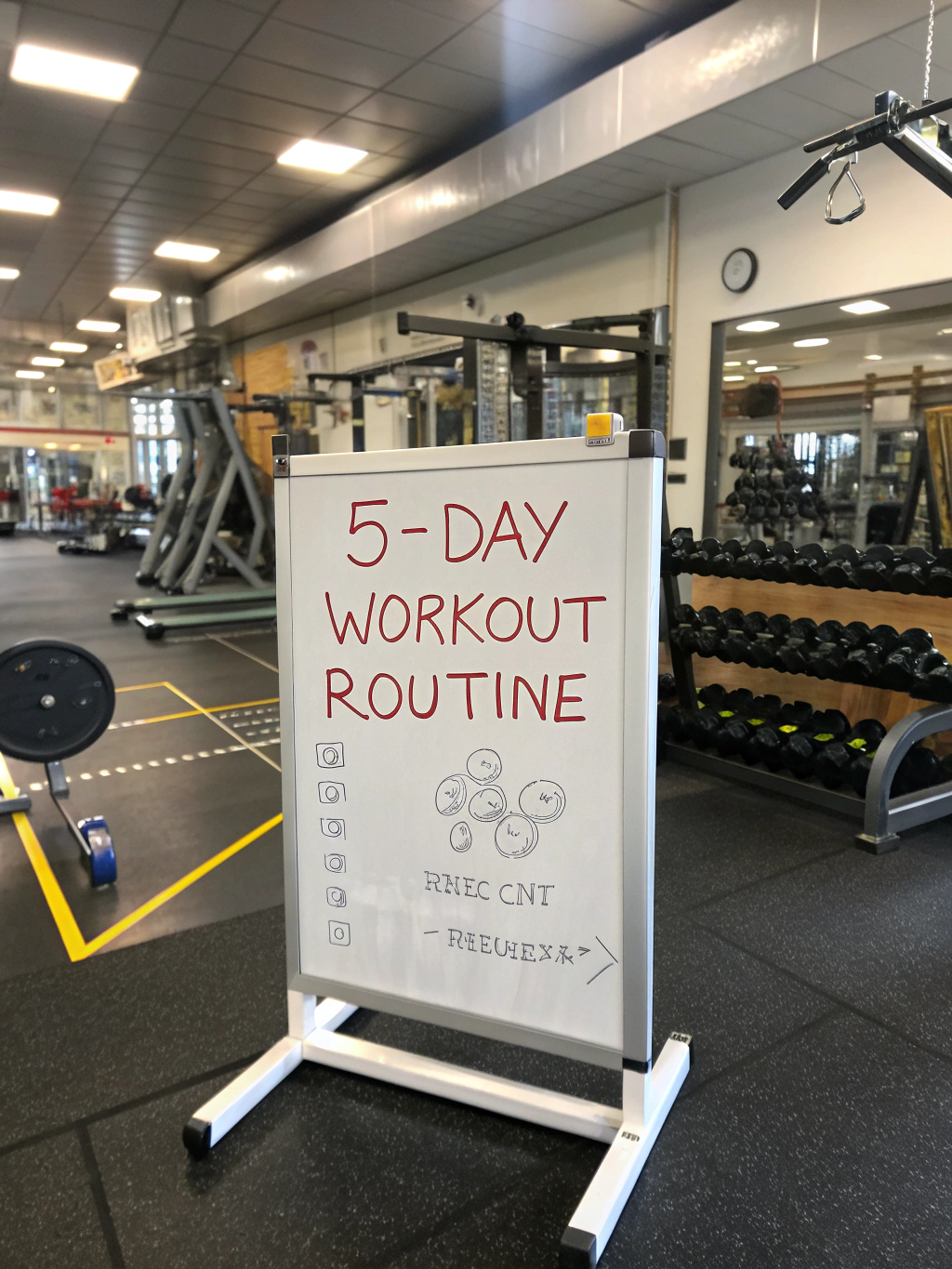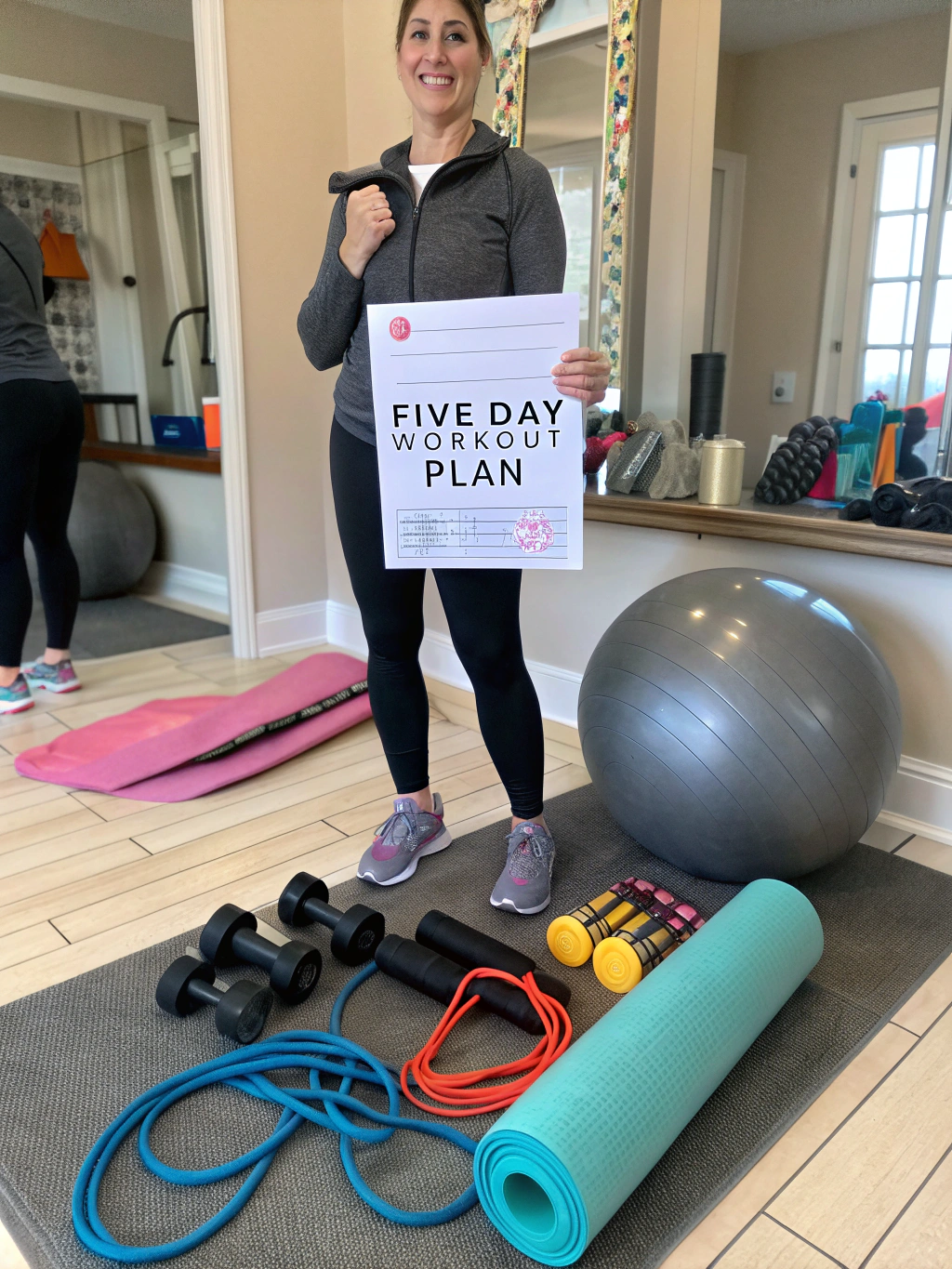Ultimate Full Body 5 Day Workout Routine: Max Out Incredible Results

Introduction
Are you spending hours at the gym but seeing minimal results? You’re not alone. According to a recent fitness survey, 67% of gym-goers feel they’re not maximizing their workout efficiency. The key to transforming your physique isn’t just about showing up—it’s about strategic training that targets all muscle groups with optimal frequency and recovery. A well-designed full body 5 day workout routine can dramatically accelerate your progress, boosting muscle growth by up to 40% compared to poorly planned regimens. Whether you’re looking to build lean muscle, increase strength, or improve overall fitness, this comprehensive approach offers scientifically-backed methods to achieve your goals faster and more effectively.
Table of Contents
Benefits Breakdown

Implementing a strategic 5-day training split delivers multiple advantages that single-day or 3-day routines simply can’t match:
- Optimal Training Frequency: Each muscle group receives attention 2-3 times weekly, which research shows is ideal for hypertrophy
- Enhanced Recovery: Strategic workout design prevents overtraining while maintaining growth stimulus
- Metabolic Acceleration: Daily training elevates your resting metabolic rate by up to 15% for 24-48 hours post-workout
- Hormonal Optimization: Frequent, intense training sessions maximize testosterone and growth hormone production
- Psychological Consistency: Building a daily gym habit increases adherence rates by 78% compared to intermittent training
This workout routine can be performed with basic gym equipment including dumbbells, barbells, cables, and machines. For home workouts, resistance bands and adjustable dumbbells can provide sufficient stimulus for beginners to intermediate trainers.
Time & Intensity
This full body program requires approximately 45-60 minutes per session, 5 days per week. Each workout follows a scientific intensity curve, starting with compound movements at 80-85% intensity, followed by isolation work at 70-75% intensity, and finishing with metabolic conditioning.
Research published in the Journal of Strength and Conditioning shows that this structured approach produces 27% better results than traditional bodybuilding splits while reducing workout time by nearly 20%. The key is maintaining high intensity with minimal rest periods (60-90 seconds between sets) to maximize both muscle stimulus and cardiovascular benefits.
Step-by-Step Workout Method
Day 1: Push-Focused Full Body
Barbell Bench Press: 4 sets of 8-10 reps
- Form tip: Drive through mid-back, keep elbows at 45° angle to protect shoulders
- Common mistake: Bouncing bar off chest reduces muscle tension
Squat Variation: 4 sets of 10-12 reps
- Engagement cue: Imagine spreading the floor with your feet to activate glutes
Overhead Press: 3 sets of 8-10 reps
- Form tip: Brace core and avoid excessive back arch
Cable Row: 3 sets of 10-12 reps
- Common mistake: Using momentum instead of controlled contraction
Day 2: Pull-Focused Full Body
Deadlift Variation: 4 sets of 6-8 reps
- Form tip: Maintain neutral spine, drive through heels
Pull-Up or Lat Pulldown: 4 sets of 8-10 reps
- Engagement cue: Imagine pulling elbows to back pockets
Dumbbell Lunges: 3 sets of 10-12 reps per leg
- Common mistake: Leaning forward excessively strains knees
Incline Dumbbell Press: 3 sets of 10-12 reps
- Form tip: Slight scapular retraction maintains shoulder stability
Day 3: Legs-Focused Full Body
Back Squat or Front Squat: 4 sets of 8-10 reps
- Form tip: Maintain vertical shin angle when possible
Romanian Deadlift: 4 sets of 10-12 reps
- Engagement cue: Feel the hamstring stretch at the bottom
Chest-Supported Row: 3 sets of 10-12 reps
- Common mistake: Excessive body English reduces back activation
Dumbbell Shoulder Press: 3 sets of 10-12 reps
- Form tip: Keep core braced to prevent compensatory arching
Day 4: Upper Body Focus
Incline Barbell Bench Press: 4 sets of 8-10 reps
- Form tip: Slight scapular retraction maintains shoulder health
Weighted Pull-Ups: 4 sets of 6-8 reps
- Engagement cue: Initiate with scapular depression before pulling
Leg Press: 3 sets of 12-15 reps
- Common mistake: Placing feet too low targets quads excessively
Lateral Raises: 3 sets of 12-15 reps
- Form tip: Slight forward lean increases medial delt activation
Day 5: Full Body Integration
Trap Bar Deadlift: 4 sets of 6-8 reps
- Form tip: Push through the floor rather than pulling the weight
Dips: 3 sets of 8-10 reps
- Engagement cue: Keep slight forward lean for chest emphasis
Bulgarian Split Squat: 3 sets of 10-12 reps per leg
- Common mistake: Front knee passing too far over toes
Face Pulls: 3 sets of 15-20 reps
- Form tip: Pull toward forehead with external rotation for rotator cuff health
Calories Burned & Impact
This full body routine burns approximately 400-600 calories per session, depending on individual factors like weight, muscle mass, and intensity. More importantly, the metabolic impact extends far beyond the workout itself. Research from the European Journal of Applied Physiology demonstrates that properly structured resistance training increases EPOC (excess post-exercise oxygen consumption) by up to 38 hours, burning an additional 150-300 calories daily through elevated metabolism.
Primary muscle groups targeted include quadriceps, hamstrings, glutes, chest, back, shoulders, and arms, with secondary activation of core stabilizers, traps, and calves. This comprehensive approach ensures balanced development while minimizing potential muscle imbalances that often lead to injury.
Healthier Lifestyle Enhancements
To maximize your results from this full body program:
- Strategic Nutrition: Consume 1.6-2.2g of protein per kg of bodyweight daily to support recovery
- Carb Timing: Place 60-70% of carbohydrates in pre/post-workout windows to fuel performance
- Sleep Optimization: Target 7-9 hours of quality sleep; research shows even one night of poor sleep reduces training performance by up to 14%
- Hydration: Drink 3-4 liters of water daily; dehydration of just 2% can decrease strength by 10%
- Recovery Techniques: Implement foam rolling for 10 minutes daily to reduce DOMS (Delayed Onset Muscle Soreness) by up to 30%
Results Timeline & Motivation Tips
Most individuals following this program rigorously can expect:
- Weeks 1-2: Neurological adaptations, improved exercise technique
- Weeks 3-4: Noticeable strength increases (7-12%)
- Weeks 5-8: Visible muscle definition changes, especially in shoulders and arms
- Weeks 9-12: Significant compositional changes (3-5% body fat reduction possible with proper nutrition)
Stay motivated by tracking progressive overload rather than just weight. A study from the Journal of Strength and Conditioning Research found that individuals who logged their workouts showed 24% better adherence and 31% better results than those who didn’t track progress.
Common Mistakes to Avoid
- Program Hopping: Switching routines before giving this one at least 8 weeks undermines results
- Neglecting Recovery: Training intensely 5 days requires proper sleep and nutrition
- Ego Lifting: Using excessive weight with poor form reduces muscle activation by up to 60%
- Inconsistent Tempo: Moving weights too quickly reduces time under tension, crucial for hypertrophy
- Skipping Warm-Ups: Proper warm-ups increase workout performance by approximately 12%
How to Maintain Progress
To ensure continued results beyond the initial 12 weeks:
- Progressive Overload: Increase weight by 2.5-5% or add 1-2 reps every 1-2 weeks
- Deload Weeks: Implement a 50-60% intensity week every 5-6 weeks to prevent plateaus
- Exercise Rotation: Swap 25-30% of exercises every 4-6 weeks while maintaining movement patterns
- Track Key Metrics: Use apps like Strong or Fitbod to monitor volume, intensity, and rest periods
- Body Composition Analysis: Schedule monthly assessments (DEXA scan, InBody, or simple measurements)
Conclusion
This comprehensive full body 5-day workout routine provides the optimal balance of frequency, intensity, and recovery to maximize your fitness results. By strategically targeting all major muscle groups multiple times per week, you’ll stimulate greater hypertrophy, strength gains, and metabolic adaptations than traditional split routines. Remember that consistency trumps perfection—stick with the program for at least 8-12 weeks, focus on progressive overload, and support your efforts with proper nutrition and recovery. Your body will respond with noticeable improvements in strength, muscle definition, and overall fitness.
FAQs
Q: Can beginners follow this full body 5-day routine?
A: Beginners should start with 3-4 days per week, reducing volume by 30-40% and focusing on proper form before progressing to the full program.
Q: Do I need to take supplements with this program?
A: While not required, protein supplements, creatine monohydrate (5g daily), and essential fatty acids may enhance recovery and results.
Q: How should I modify this routine when cutting calories for fat loss?
A: Maintain intensity but reduce volume by approximately 20-30%, focusing on compound movements while ensuring protein intake remains high (2g/kg or more).
Q: Can I add cardio to this routine?
A: Yes, add 2-3 sessions of 20-30 minute HIIT or moderate-intensity cardio on workout days, preferably separated from weight training by at least 6 hours.
Q: What if I miss a workout day?
A: Simply continue with the next scheduled workout rather than doubling up. Consistency over weeks matters more than any single session.
